Meet the long-tailed chinchillas at Cheyenne Mountain Zoo. (Video by Skyler Ballard)
The ladies are ready for their close-up.
Tuesdays and Fridays are spa days in long-tailed chinchilla land. Nine-year-old Pebble, her 13-year-old mom, Slate, and their companion, 11-year-old Snow, all named for elements of the Andes mountain range in South America, where their ancestors hail from, have arrived for their dust bath — there’s absolutely no water contact at this elusive spa.
The three girls huddle together in their crate on a metal table in The Loft at Cheyenne Mountain Zoo. Across the table is a pile of volcanic ash, their favorite. When they’re so inclined, they’ll dash the short distance and immerse themselves in the flaky substance. Roll, dig, roll. They know what to do.
But sometimes it takes a while for a chinchilla to feel so inclined.
“They definitely know what they want out of life, and they always get it,” said The Loft’s lead keeper, Jenny Quinn. “We do it on chinchilla time.”
Are they little gremlins or what?
You know the rules of gremlins: Don’t expose them to light, don’t get them wet, and definitely don’t feed them after midnight. The chinchilla abides by the second rule: no water. Their fur is so thick — 80-100 hairs per follicle, whereas humans have one to two and beavers have 30-40 — that if they get soaked down to their skin, it won’t dry. And that’s bad news for these little rodents. It could mean fungal and bacterial skin infections and an inability to maintain a safe body temperature, all of which could lead to death. A roll in a dust bath gets the ash down to their skin, where it absorbs their oils. They then shake off the ash, which helps keep their fur clean.

Chinchillas at the Cheyenne Mountain Zoo. (Photo by Jerilee Bennett, The Gazette)
Appropriate snacks
If you can score a bale of hay, you’ll be a chin-chin’s best bud. They also get leafy greens, which help provide moisture, as they don’t drink a lot of water. They also get pellets made out of alfalfa, and for a special treat, nuts, such as pecans and sunflower seeds. And when keepers really need to up the ante, they bring out the Cheerios.
Super cute, but probably not the pet for most people

Chinchillas at the Cheyenne Mountain Zoo. (Photo by Jerilee Bennett, The Gazette)
Chinchillas are adorable, no doubt. And it makes sense humans would want to snuggle with such cozy-looking critters. But these little ladies aren’t interested in your hugs and kisses, which makes them a challenging pet.
“They’re like celebrities — they like to be admired, but not touched,” Quinn said.
However, if you’re fine with keeping one in its enclosure and observing its adorableness from afar, this could be the pet for you. Make sure you do your research and find a reputable breeder, or check animal rescues, where the zoo found their trio.
Long jumpers
Chinchillas can leap tall buildings in a single bound, as long as those buildings are 6 feet high; plus, they can change direction midflight. This skill comes in handy when hungry predators are afoot.
Didn’t people once covet chinchilla fur coats?

Chinchillas at the Cheyenne Mountain Zoo. (Photo by Jerilee Bennett, The Gazette)
Yes, but those days are gone. The owners of those pricey coats got an unwelcome surprise: Chinchilla fur doesn’t last long, and after a couple of years, it falls out. That’s due to fur slipping, which happens when a chinchilla feels threatened or scared. For example, if a predator in the wild gets a big mouthful of fur, the chinchilla will release a big chunk of it and escape.
Are we at risk of losing them?
Chinchillas are endangered in the wild. Once hunted almost to extinction for their gorgeous fur, they now face the challenge of habitat loss. Because they’re acclimated to the cold environment high up in the Andes mountains, the world’s getting a little too warm and less snowy for their comfort.
“There are more pet chinchillas in Colorado than there are in the whole of the wild right now,” Quinn said.
Contact the writer: 636-0270


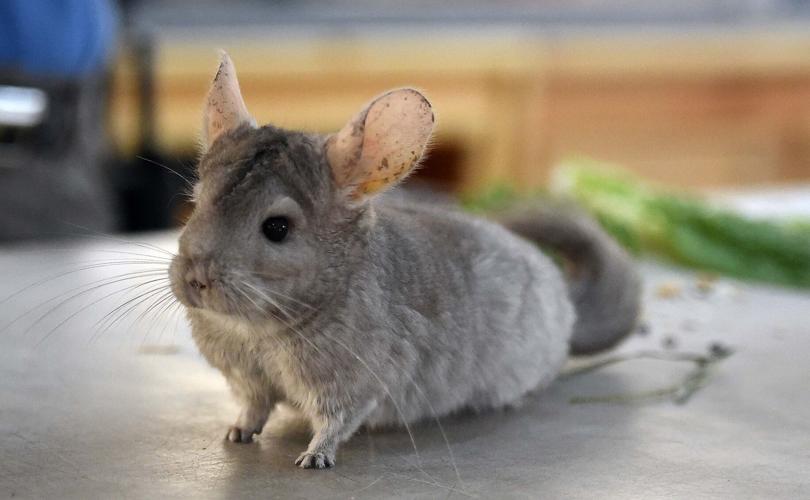
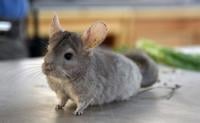


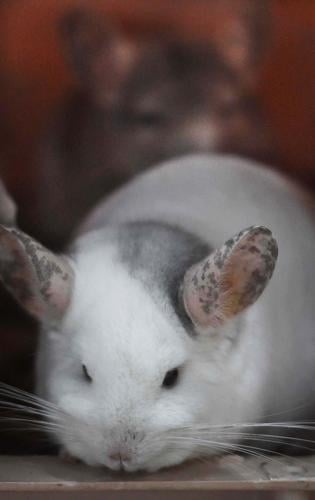
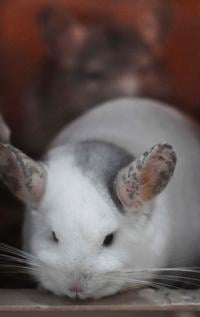



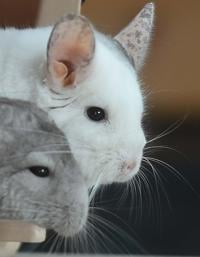
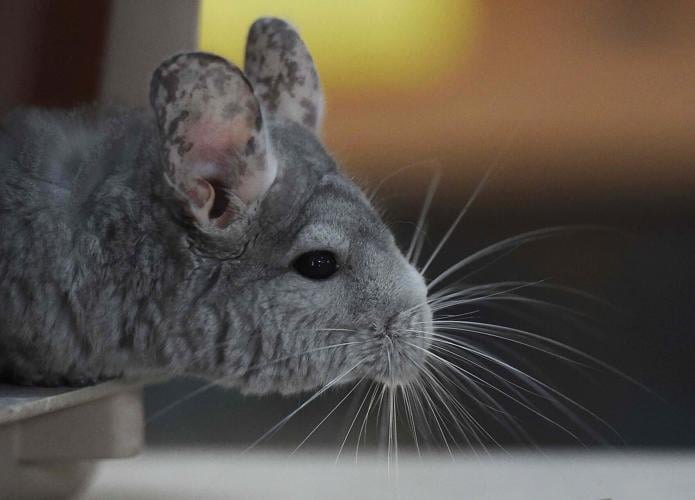


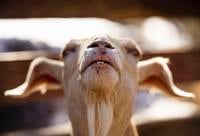




 Your Privacy Choices
Your Privacy Choices